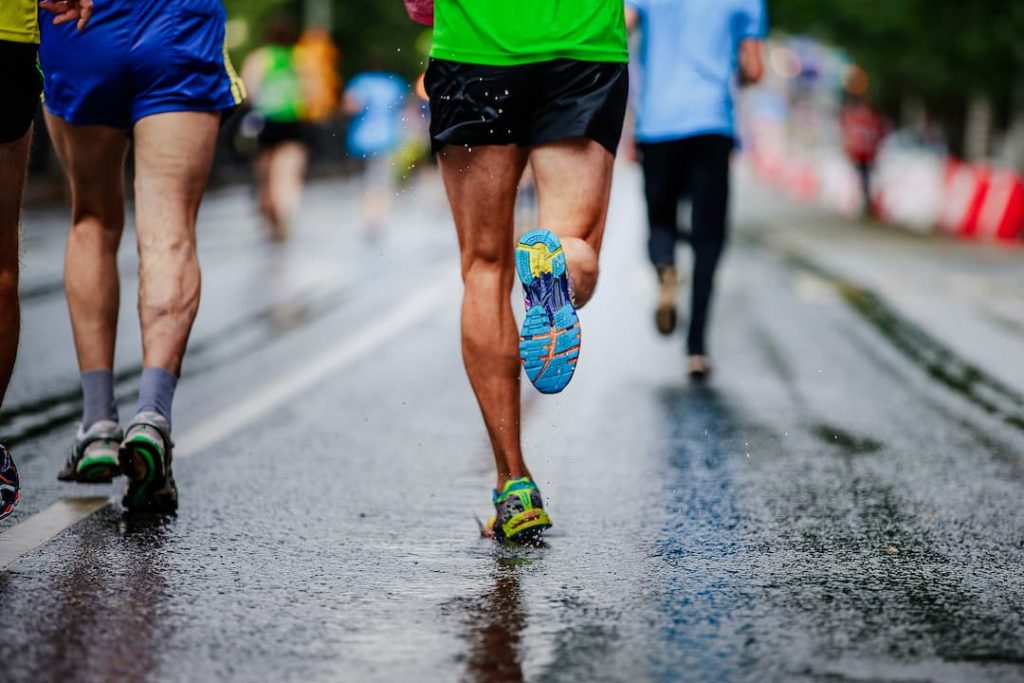
When it comes to choosing the right running shoes, especially for running, there are several factors to consider to ensure comfort, performance, and injury prevention. Running shoes need to offer effective cushioning to mitigate impact against the ground and distribute the forces generated in the foot. They also need to be flexible to allow for the natural movements of the foot during running but still provide enough stability to prevent injury.
- The weight of the shoe is crucial, especially for long-distance runners, a lightweight design can help reduce fatigue and improve efficiency.
- Traction or grip is essential to provide stability and prevent slipping during running, with the sole being a key component in this regard.
- Proper support is vital to avoid injury and improve performance.
- Adjustment systems such as lacing, straps, or Velcro ensure that the footwear fits the foot correctly, adapting to movements during sports practice.
In addition, running shoes should provide good propulsion, which is usually provided by carbon fiber plates that give stiffness in the forefoot area, aiding in momentum and running efficiency.
It is important to keep in mind that running shoes have a lifespan, usually around 600km, it can vary depending on several factors, such as type of terrain, weight, running form, quality of footwear, and running frequency.
It is important to watch for signs such as excessive sole wear, loss of cushioning or support, and recurring discomfort or pain during running, as these may indicate that it is time to replace your running shoes. Keeping a log of the distance run and time spent wearing the shoes can also help determine when the time is right for a change.
